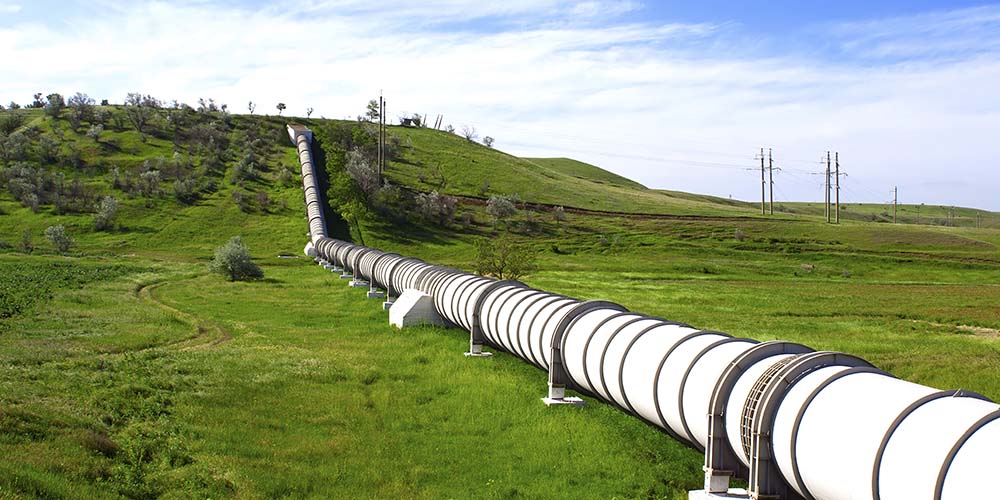
Pipeline X-Ray Inspection
Welcome to [NDT Inspection Portal]’s pipeline X-ray inspection group, a place for professionals to... View more
PIPELINE CRAWLER RANGE
-
PIPELINE CRAWLER RANGE
PIPELINE CRAWLER RANGE |
JME Advanced Inspection Systems has a reputation as the market leader for the design and manufacture of high quality inspection systems, this includes our range of Pipeline Crawlers used by the ‘Non-Destructive Testing’ industry. For over 35 years, JME Pipelines Crawlers have been continually improved and updated to produce panoramic radiographs of the highest quality. Our range of systems are designed to inspect circumferential butt welds in new pipelines, such as oil and gas transmission pipelines, from 6” to 72” (15.24cm to 183cm). As a self-contained and self-powered exposure vehicle, they are ideal for a vast range of NDT applications both on and off shore.
JME Pipeline Crawlers are constructed using high grade materials to provide superior corrosion resistance, easy maintenance and an extended service life. Electronic circuits utilise microprocessor control allowing future software updates to be applied. They are constructed using military specification components to ensure reliability in harsh environments.
Our systems are unique within the industry, supporting X-Ray tubes from various manufactures including ICM, Yxlon/Comet, CXT and Balteau. JME also offer GAMMA projector integration onto the 10:CR2 pipeline crawler. We are pleased to be able to offer both the SENTINEL DELTA 880 and Oserix Dual 120 Gamma options to this device, making JME’s range the most versatile pipeline crawler systems in the world*.
JME Crawlers utilise a magnetic control, Non-Isotope system, which is designed to replace the conventional isotope control system. There are no trailing leads and all commands are executed from outside the pipeline via magnetic transmitter (Magnetope). The units can be commanded to travel, stop and radiograph as required.
The position and direction can be monitored by mounting a low activity tracker isotope onto the crawler, or by using the non-isotope tracking system. The non-isotope tracking system is designed to comply with increasing restrictions for the transportation and use of low level isotopes.
Sorry, there were no replies found.
Log in to reply.